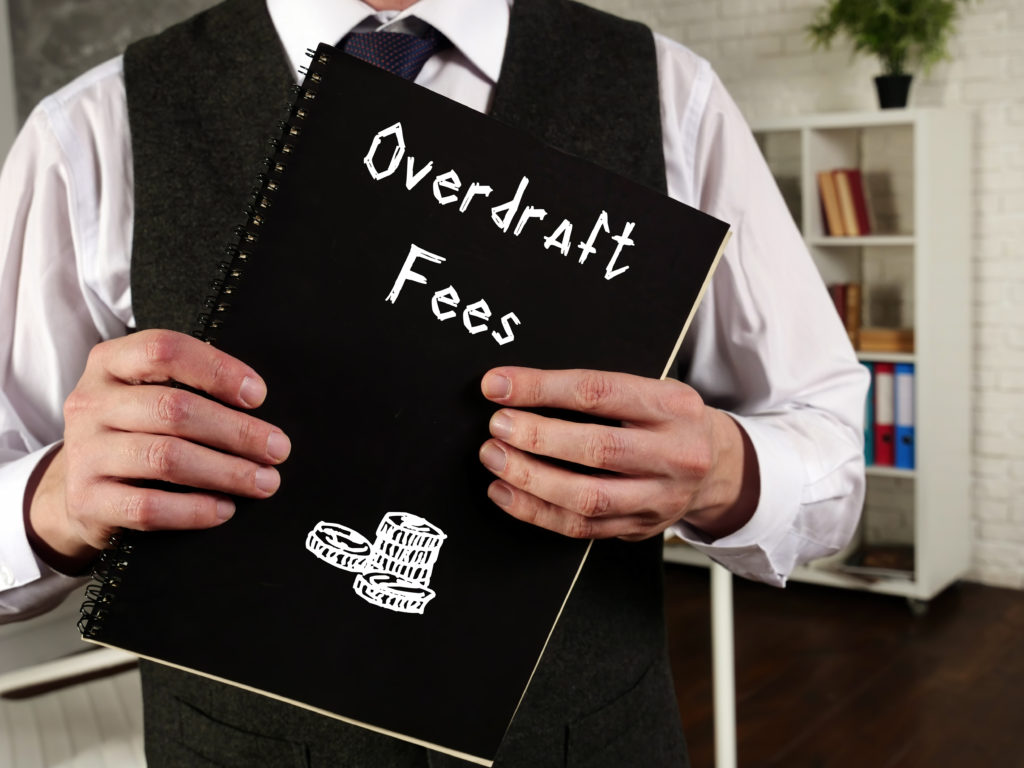If you have a checking account, then you have probably heard of overdraft fees. These are fees that banks charge when you spend more money than you have in your account. In this blog post, we will discuss what overdraft fees are, how they work, and why they can be so costly for consumers. We will also provide some tips on how to avoid overdraft fees altogether!
What are overdraft fees and how do they work?
Overdraft fees are typically charged when you spend more money than you have in your bank account. Your bank may charge a fee for each transaction that causes you to go over your limit, or they may charge a daily overdraft fee until you bring your account back up to zero. In addition to covering the transaction, the bank or credit union then applies the fee.
Many Americans don’t know what they don’t know about overdraft fees. For example, 66% don’t know you must opt into overdraft coverage, and that saying “no” would save money. And 47% don’t know that banks can charge multiple overdraft fees per day, and some charge for each transaction, no matter how many.
Certain banks or credit unions may return checks or transactions unpaid, resulting in a “nonsufficient funds,” also known as an NSF, fee. This fee tends to be a similar amount to an overdraft fee. But if your financial institution rejects a debit card transaction, you may not be charged a fee.
What are the consequences of overdrafting your account?
Overdrafting your account can have several consequences. The most immediate is that you’ll be charged an overdraft fee by your bank. This fee can vary depending on the institution, but it’s typically around $35. Additionally, you may be charged interest on the amount of money you’ve overspent. This could happen with checks, ATM withdrawals, or at the point of sale for debit card transactions.
When an overdraft occurs, banks have the discretion to choose to cover the cost of customer overdrafts that come from checks, automatic bill payments, or any recurring transactions as part of their standard overdraft practices without needing your consent, but they can also charge a fee for that courtesy. Those fees can add up quickly, so it’s important to get your account back into good standing as soon as possible.
If you frequently overdraft your account, you may also find that your bank begins to charge more fees or close your account altogether. This can impact your ability to open a new account in the future, so it’s important to avoid repeated overdrafts if at all possible.
How do you avoid overdraft fees?
The best way to avoid overdraft fees is to keep a close eye on your account balance. Make sure you know how much money you have available, and always keep track of your spending. When you’re getting close to your limit, it’s time to stop spending and start saving.
Find a bank that doesn’t charge overdraft fees. Almost two-thirds of Americans, some 63%, don’t know that not all banks charge overdraft fees. Online banks and credit unions are more likely than traditional banks not to charge customers who overdraw their accounts or to charge very little.
Another way to avoid overdraft fees is to sign up for alerts from your bank. That way, you’ll always know when your account balance is low and can take steps to avoid going into the red.
If you do find yourself being charged an overdraft fee, don’t panic. You can usually work with your bank to waive the fee or set up a payment plan. And remember, it’s not the end of the world if
What is the average overdraft fee?
The average overdraft fee is around $35. However, some banks typically charge as much as $50 per overdraft. And if you have multiple overdrafts in a single day, you could be looking at fees totaling hundreds of dollars.
What are some alternatives to overdrafting your account?
There are a few things you can do to avoid overdrafting your account. One is to keep a close eye on your account balance and make sure you don’t spend more than you have.
Another is to set up alerts with your bank so that you’re notified when your account balance gets low. You can also link your checking account to a savings account or line of credit so that if you do overdraft, the money will be transferred from the other account automatically.
What are the pros and cons of each alternative?
There are a few alternatives to consider when it comes to overdraft fees. The first is to simply not use your debit card if you don’t have the funds in your account. This could help you avoid overdraft fees altogether.
Another alternative is to link your checking account to a savings account or line of credit. This way, if you do happen to overdraw your checking account, the funds will be taken from your savings account or line of credit instead. Of course, this option will only work if you have the discipline to keep enough money in your savings account or line of credit.
Finally, you could opt for an overdraft protection plan offered by your bank. With this type of plan, you would be able to overdraft your account up to a certain amount without being charged a fee. However, you would still be responsible for repaying the amount that you overdrew, plus any interest that accrues.
Any tips for staying out of the red?
- Know your account balance and keep track of your spending. This may seem like a no-brainer, but many people don’t realize how quickly they’re spending money until it’s too late.
- Set up low balance alerts. Most banks offer this service for free, so take advantage of it! That way, you’ll know as soon as your account starts to get low and can transfer funds accordingly.
- Keep some buffer money in your account. This is just a small amount of extra cash that acts as a cushion in case you do accidentally overspend. That way, even if you do get hit with an overdraft fee, it won’t be as big of a deal.
In conclusion
Overdraft fees are no fun, but they’re also avoidable. By following the tips above, you can make sure you never have to worry about them again.















